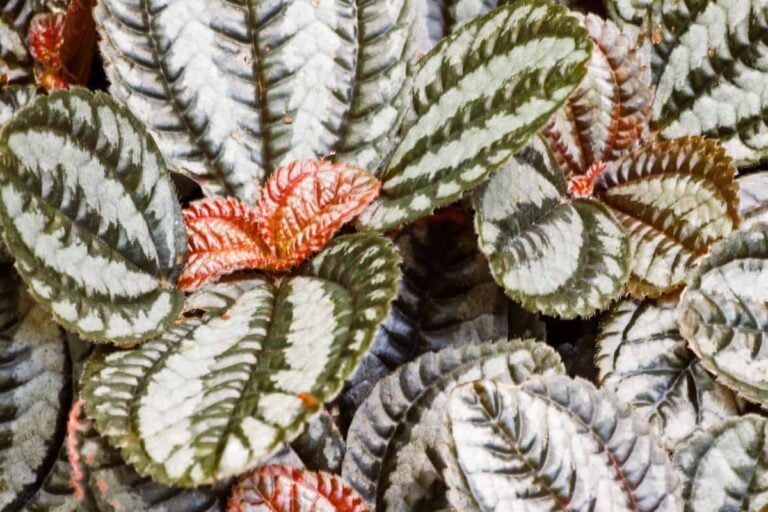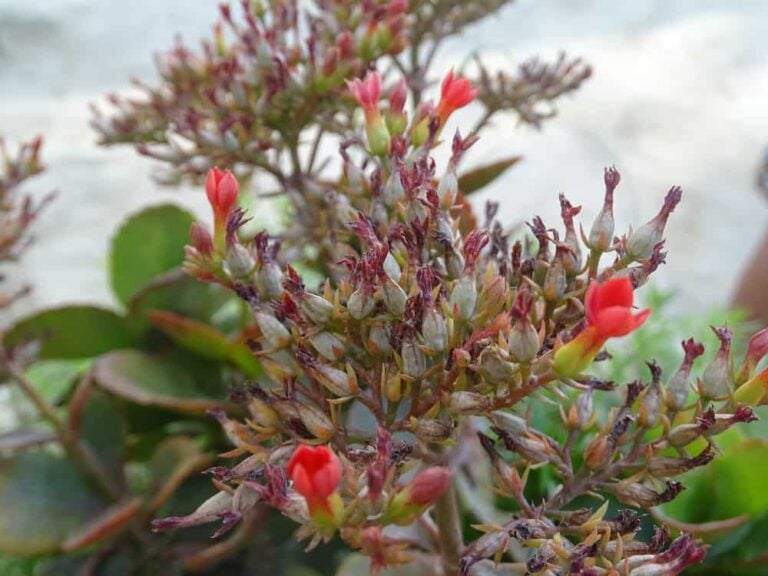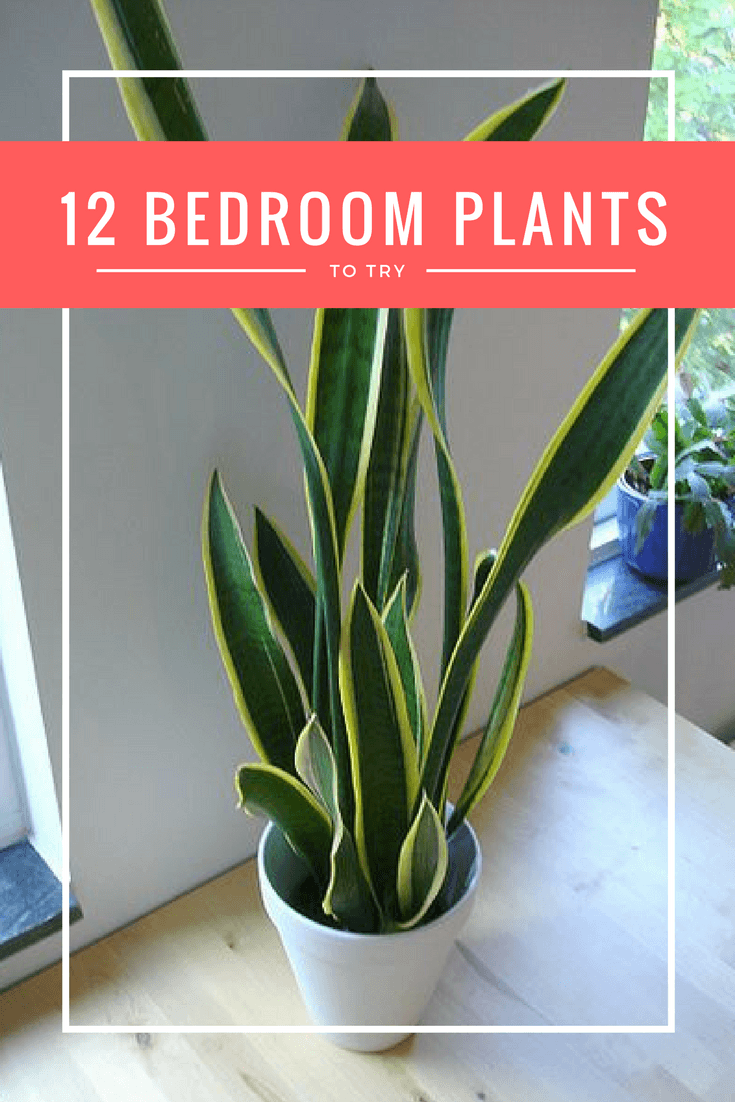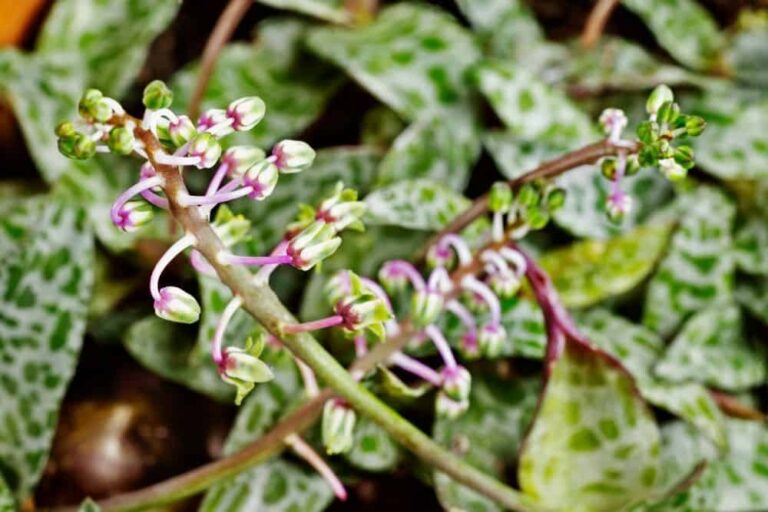Want to Know Our PIcks for the Best Plants for Shade?
Our recommendations for the best plants for shade are Japanese Red Maple Tree and Gro-Low Fragrant Sumac. We kept our focus to plants that are known for their hardiness. We also wanted to choose plants that could adapt to a variety of hardiness zones. Any of our top picks would do well; check out these selections below, and learn the best way to throw shade in your garden.
Our Top Picks for the Best Plants for Shade
[wptb id="8054" not found ]What You Need to Know about Plants
Some plants are tolerant of a variety of conditions. It’s part of their DNA to respond to a changing environment. It’s a major reason that many can survive. But it doesn’t apply to all plants. Others evolved under specific conditions that didn’t fluctuate. Thus, these are plants with a limited capacity to handle shade. They simply don’t have the ability to adapt to low-light conditions.
This trait is obvious with winter hardiness. Plants have a threshold for the lowest extreme temperature that they can survive. This range is relatively small. If you look at the USDA Plant Hardiness Zone Map, you’ll see that the difference between Zone 4a and Zone 5a is only 10 degrees. Between Zone 4a and 4b, it’s 5 degrees. So, we’re talking a very narrow range.
Photosynthesis
The same thing exists with sun and shade. Plants vary in their tolerance levels of this condition too. While the effects are not immediate, they show up as a failure to thrive. Sun-loving plants in shade may have stunted growth. They may look sickly. Plants lacking enough light will try to grow tall to find it, giving them a spindly appearance. Their leaves are small and pale colored.
The reason lies with photosynthesis. That is the process by which plants make food and energy using the energy from the sun, carbon dioxide, and water. Without enough light, plants miss out on a vital ingredient for this formula. With this information in mind, it’s easy to see why adequate sunlight makes a difference. They don’t have the right amount of raw materials from the start.
It’s also easy to understand why the wrong plant for the site makes a difference. Each type can handle the challenges that abundance or lack of light means to them in order to grow best. It’s the product of eons of evolution.
Shade Tolerance
All plants need sunlight. It’s the amount that varies. As a general rule of thumb, full sun means at least six full hours of sunlight. Partial shade is four to six hours. And when we speak of full shade, we mean less than three full hours of sunlight. The rest of the day is other time spent in indirect sunlight rather than the direct light required by sun-loving plants.
When shade is mentioned in plant descriptions, you’ll see it as partial shade or partial sun. It’s the garden version of the glass half empty or half full. The terms are interchangeable. You may also encounter the term full shade. This description applies to plants that can tolerate receiving indirect light only. Notable examples are the Eastern hemlock and serviceberry.
Shade-tolerant plants tend to be less dense than sun-loving varieties. You’ll also find that tolerant flowers or fruit are less abundant. Fruit trees, for example, are typically plants that enjoy full sun. The reason is simple. They need full sun to keep up with the increasing demands of a plant producing fruit. That means lots of food and energy to fuel the process.
Balancing Sun and Heat
As you may guess, there’s more to the equation than just the hours of sunlight. A plant in six hours of direct sunlight must be able to tolerate the heat that all of that light will bring with it. Also, think about drought tolerance if the heat is especially intense. Likewise, with shade, adaptation to cooler conditions is essential.
This video from the Iowas State University Extension and Outreach discusses the challenges of growing and maintaining a lawn in shade.
But there are still other factors to consider. Morning sun, for example, is cooler than the intense afternoon sun. Therefore, four hours in morning light is not the same as the same amount of time in the afternoon. So with the requirement for sun and shade, you should also consider how a plant receives sunlight. And once again, more things come into play.
Without the drying effects of the sun, a tolerance for moist and damp conditions is necessary. Along with those things, these plants may have a greater capacity for resisting disease with conditions that may favor bacteria and mold growth. So, shade tolerance means other adaptations that go beyond an ability to thrive with less sunlight or indirect sun.
How Plants Handle Shade
Sun-loving and shade-tolerant plants handle their situations differently. Understanding their strategies makes it clear how each type survives. Sun-loving plants are photosynthesis machines. As long as they have everything else they need, the sun is powering their production. With shade-tolerant plants, their individual strategy differs with less sun to fuel it.
These plants have to make the most of what they have in a shade garden. That means tapping into the soil to get the nutrients that their disposal. And they do it efficiently. Both kinds of plants have the same goal. It’s just that their approaches capitalize on what they can do best with the resources on hand. Each one works for the limiting factors that each plant has.
Our Recommendations: Japanese Red Maple Tree and Gro-Low Fragrant Sumac
We could have easily made all four of our picks the best plants for shade. All of them have much to offer the home gardener. Shade tolerance is only one thing that makes each plant an excellent choice. We narrowed our choice to a tree and shrub to cover a wide range of gardening solutions. And each one is a standout in its own right.
The Japanese Red Maple Tree is a handsome, smaller shade loving tree that can tolerant Zones 5 through 8. With a mature height of only 15 feet, this tree is a good choice for just about any yard. It tolerates a broad range of shade situations from partial to full. It is easy to grow with stunning colors to boot. It makes an attractive focal point or centerpiece for your yard.
As its name implies, the Gro-Low Fragrant Sumac is a fragrant, spring-blooming shrub that tolerates partial shade. Its beautiful red fall colors look gorgeous against its rich green foliage. It spreads slowly and requires low maintenance. It ticked off a lot of the things we want in a shade-tolerant plant, even traits we hadn’t considered like attracting birds and butterflies.
Whether you can give it part sun or partial shade, many plants can tolerate and even thrive in low light conditions. A lack of full sun in a shady yard is no reason why you can’t bring the beauty of ornamental plants into your landscape design. All of our picks make attractive and hardy additions to your shaded yard. Like us, you may find it hard to narrow your choice to only a few.




